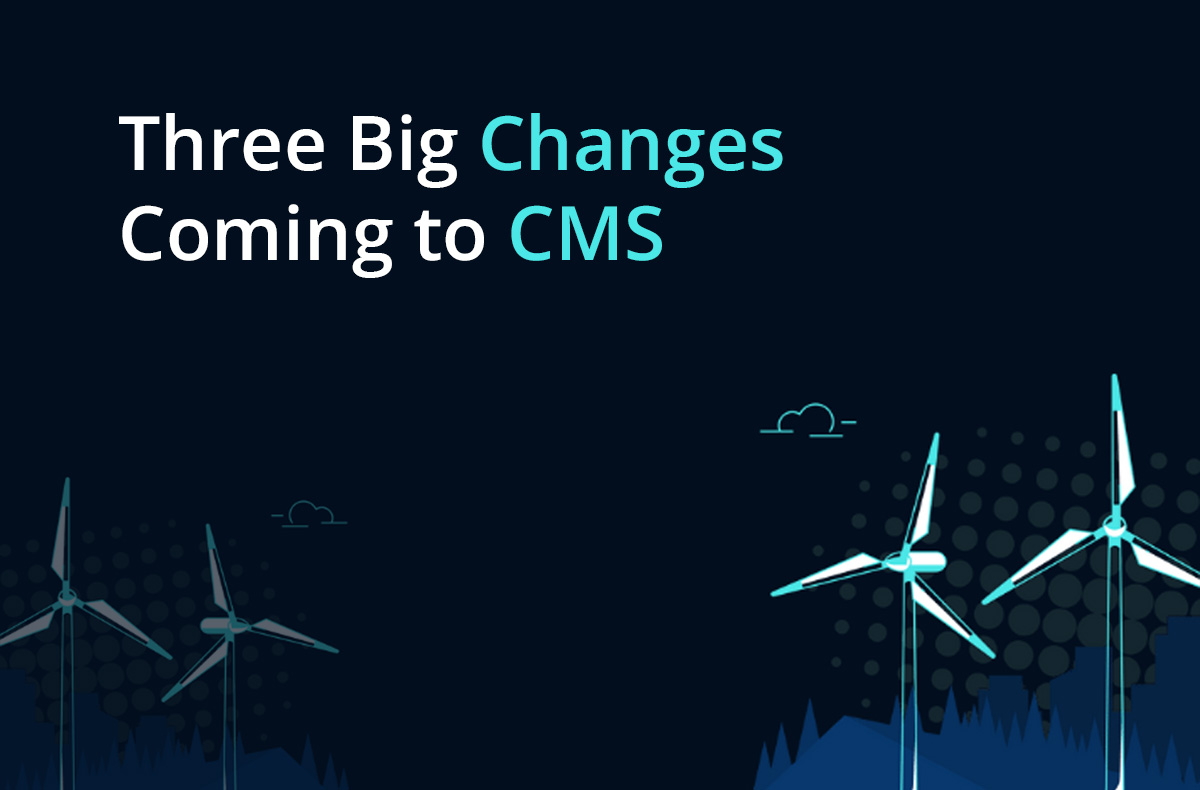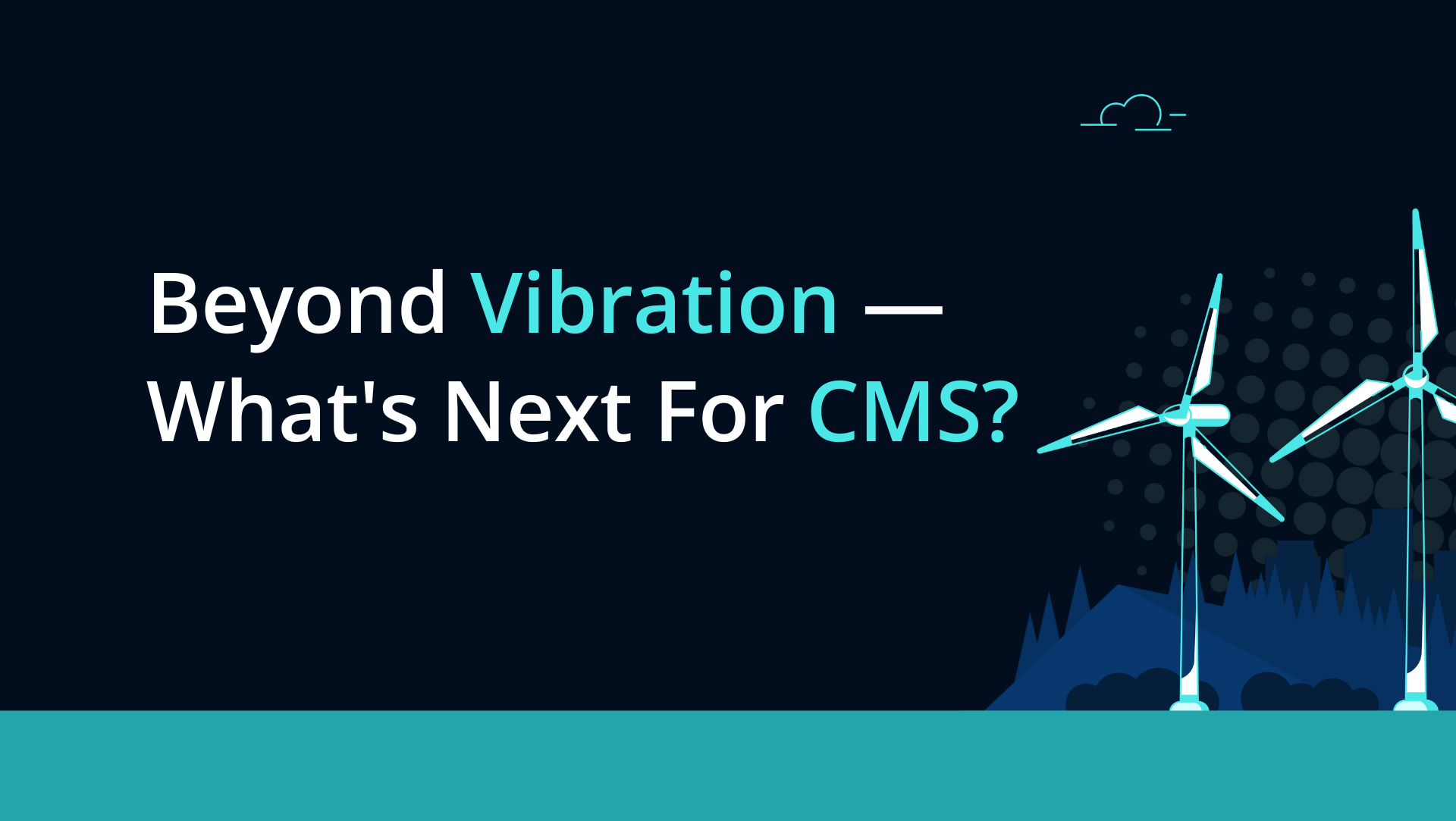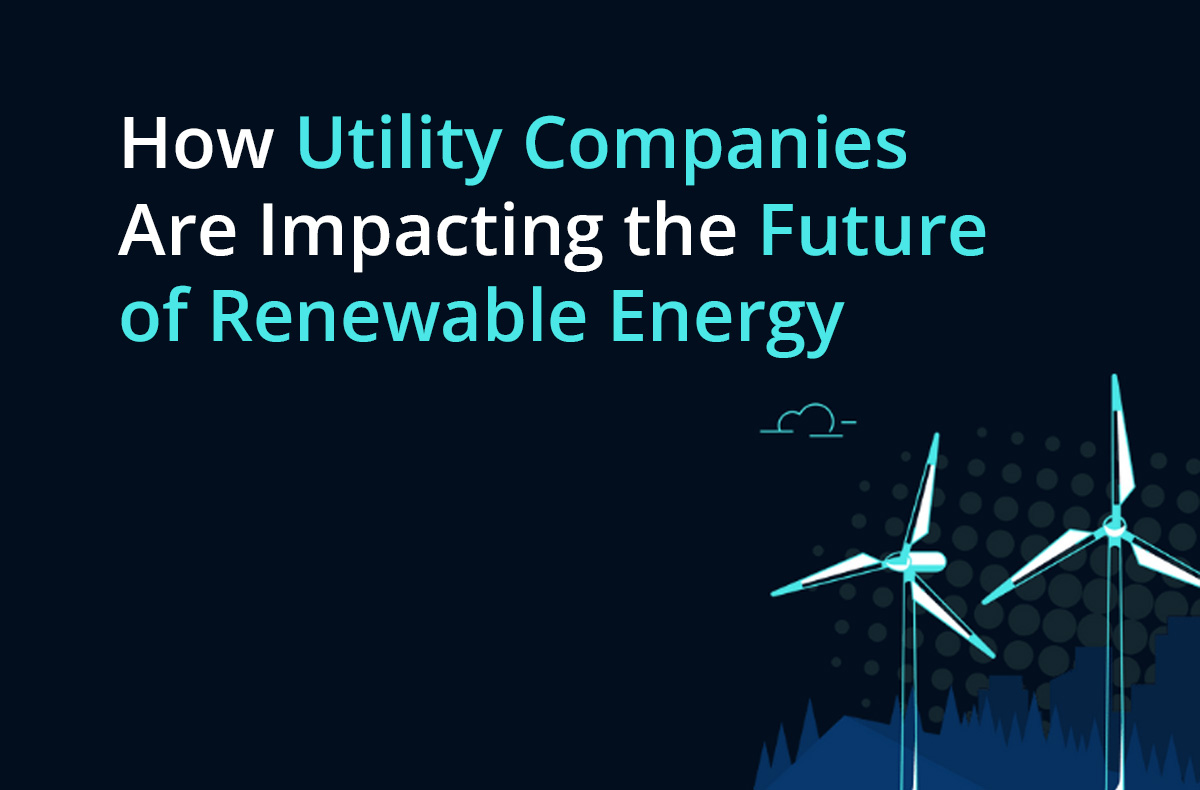What’s next for condition monitoring systems (CMS) in the wind industry?
CMS in the wind turbine industry is vital to ensure proper maintenance of wind assets. But as the industry expands and condition monitoring becomes more complex, we need the right tools and technology for the job.
To share their insights into CMS and what Horizon CMS has to offer, Allan Larson, VP of CMS Products, and Nicole McCollom, Sr. Product Marketing Manager at SkySpecs, join this episode of the Climate Chronicles podcast.
Along with host and Chief Marketing Officer at SkySpecs, Sarah Leitz, they explore what a CMS is, the problems they’re designed to solve, and how new technology is shaping the industry.
To hear more, listen to the podcast below or keep reading for the top takeaways.
The problems Horizon CMS aims to solve
Condition monitoring in the wind industry is about much more than just vibration-based drivetrain monitoring. Monitoring requires engineers to use multiple sensor data streams to monitor the health of assets in real-time.
However, with the wind industry growing so quickly, it means there are hundreds of thousands of assets that need to be installed, monitored, and maintained.
Condition monitoring is very engineering-heavy and involves specialist engineers sifting through lots of data to assess conditions.
Allan likens it to a doctor looking at thousands of X-rays every day. It’s very time-consuming and complex, but modern tools aim to simplify and unify data.
Horizon CMS is a brand-new, cloud-based platform that’s designed to solve the scalability issues that the wind industry is facing.
Asset owners who want to do their own condition monitoring have to choose and implement a piece of software that uses the right hardware to effectively monitor the condition of wind turbines.
The problem is that a lot of this technology was built in the 1990s-2000s and is slightly dated.
However, Horizon CMS is designed to unify all the sensor data streams into one system while also applying modern technologies, such as AI, to make the entire monitoring process more efficient.
Tools like Horizon CMS are expected to bring big changes to the CMS and wind industry, making processes more time and cost-efficient, while also leaving room for further expansion.
Allan explored three changes and predictions he has for the industry and CMS.
Changes and predictions for CMS
As the industry grows, the requirements of a CMS become more demanding. With that in mind, we discussed some of the biggest changes we see coming to CMS in the future.
1. Owner-operators will need to take charge of their data
According to Allan, other industries have a better history of asset owners taking control of their own assets and data.
However, newer and emerging industries like wind and additive manufacturing still have some catching up to do.
There’s a lack of detailed communication between the software used, those in charge of monitoring assets, and the asset owners themselves.
Allan believes that there will need to be a change in attitude for asset owners. Rather than thinking of the data and the system as out of their control, owner-operators will need to think of the data and the systems as theirs.
After all, they bought it, and therefore should be able to access it without friction.
Having a dialogue with the OEM and sensor system will help to ensure the clear flow of information.
Allan recommends that new asset owners or any future contracts you make have these conversations very early on in the contract phase.
2. The scope of CMS will broaden
“The next stage of CMS is to expand the scope of condition monitoring”, says Allan. He says the focus won’t necessarily be on improving software technology, as this will likely happen anyway.
Instead, he believes there should be a greater emphasis on how many more turbine subcomponents a CMS can handle.
Currently, most CMS will only look at vibration monitoring or SCADA-based monitoring.
But this is just part of the story and only a small subset of the components in a turbine. Allan believes the scope for monitoring components will expand in CMS over the next five years.
3. Sensor data will merge
Within the wind industry, there have long been lots of different tools working side by side. But as the industry expands, Allan believes many of those tools will end up merging.
In the future, he believes we will see a sensor detect something remotely and then trigger some kind of remediating action that would usually be handled by another tool – for example, to repair, start up the turbine, or change operation parameters.
When these capabilities and the data are merged, you stand a better chance of unifying that whole process into one neat system. This will help organizations and asset managers free up resources so they can start thinking about expanding the condition monitoring system to handle other components.
Overall, it seems that there is a growing need for simplification in this expanding industry – and the key to that will be more refined and specialized technology like Horizon CMS.
To hear more about how technology can shape the wind industry, tune in to the full episode.











